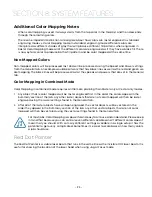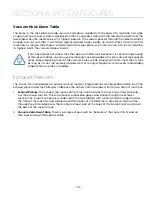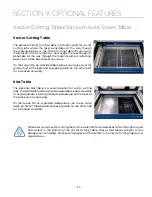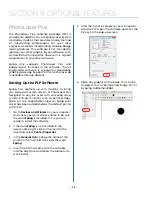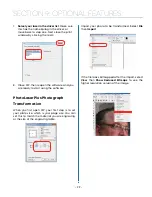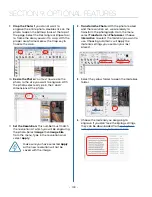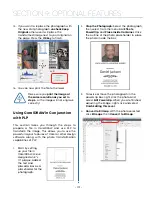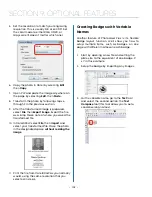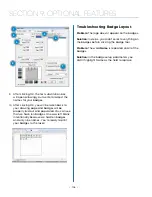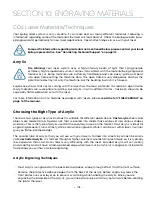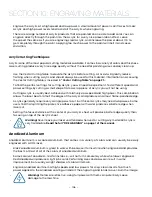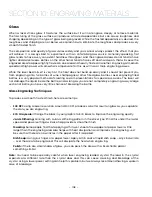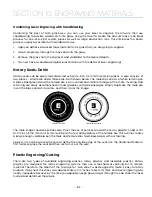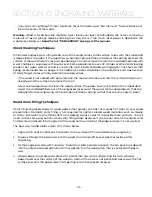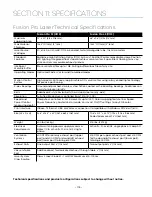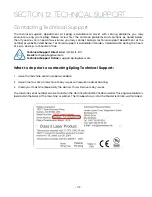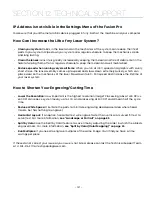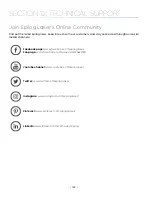
Brass - Painted
Since the frequency of the CO2 laser is not compatible with bare metals, uncoated brass cannot be laser
engraved. For bare-metal marking you will want to use an Epilog FiberMark system. In order to engrave
brass with a CO2 laser you need to use brass that has some sort of coating – typically paint. The laser
removes the paint and exposes the brass substrate.
There are two basic types of engraveable brass available, but they are not all compatible with the laser.
• By far, the most popular laser brass is actually brass-coated steel. First, a steel substrate is coated
with a thin layer of brass. Next, the brass is polished to a reflective finish and a coat of lacquer is
applied to the brass – Victory’s LaserBrite™ product has a lacquer finish. Finally, a paint coating is
applied on top of the lacquer for the finished product. When laser engraving brass-coated steel,
you are removing only the paint and exposing the polished brass coating that is protected by the
lacquer. The lacquer prevents the brass from oxidizing and the bright reflective surface will stay
bright for years.
• Some manufacturers also sell painted brass that is solid brass, not brass-coated steel. If the brass
is polished before the paint is applied you will have a bright, reflective engraved surface. If the
brass is not polished, the result will be a dull, tarnished brass that will require a secondary polishing
process after laser engraving. This is time consuming and most engravers do not want to spend the
time and effort necessary to turn this into an acceptable product.
• Note:
Always ask before lasering painted brass if you don’t know the substrate! If you are unsure
if your piece is brass-coated steel or genuine brass, you can test the material with a magnet. A
magnet will stick readily to brass-coated steel, but since solid brass is not magnetic, a magnet will
not adhere to solid brass.
Painted Brass Engraving Techniques
• Engrave painted brass with a high speed and low power setting. It takes very little power to remove
the paint coating and too much power will melt the paint and distort the image. If your mark on
brass is turning out “fat” or has a balloon appearance to it, you are probably using too much power.
Reducing the power will bring back the nice sharp images that are normally produced with painted
brass.
• Note:
Use caution when trying to engrave brass coated pens. Many pens have a very hard epoxy
paint that is completely unacceptable for CO2 laser engraving. You should only use pens that you
have experimented with or that are specifically designed for CO2 laser engraving. Be aware that
there are many pens that can be laser engraved with a fiber laser but these pens are usually not
compatible with the CO2 laser that you are using.
• Some paints are “almost” CO2 laser engraveable. If you engrave through the paint and there is a
slight shadow remaining, try to clean the engraved area with alcohol or lacquer thinner. Depending
on the paint, there is a good chance that the shadow will disappear and an excellent engraving
result achieved.
• Use caution when trying to engrave blue painted brass. Blue paints contain very aggressive
pigments that penetrate the metal surface and it can be extremely difficult to remove all of the
blue color, but again, try alcohol or lacquer thinner to remove the shadow.
- 107 -
SECTION 10: ENGRAVING MATERIALS

